This Hans Christian Andersen Museum Asks You to Step Into a Fairy Tale
Opening soon in the storyteller’s hometown of Odense, Denmark, the museum allows visitors to experience his multilayered stories
/https://tf-cmsv2-smithsonianmag-media.s3.amazonaws.com/filer/9a/27/9a271f0d-8301-4200-b679-7aad0c875844/kreditering_kengo_kuma_and_associates_cornelius_voge_masu_planning_2.jpg)
Most museums dedicated to a specific historical figure aim to teach visitors about that person. But, the new H.C. Andersen's House, scheduled to open this summer in Denmark, is an exception to the rule.
The museum’s creative director, Henrik Lübker, says the museum in Odense is designed not to showcase Andersen’s life and his classic stories like “The Little Mermaid” and “The Emperor’s New Clothes,” but to echo the sensibility of a fairy tale writer who rarely offered his audience simple lessons.
“It’s not a historical museum,” he says. “It’s more an existential museum.”
Renderings of the museum, which includes 60,000 square feet of building space plus 75,000 square feet of gardens, all designed by Japanese architect Kengo Kuma, reveal that it is full of curves. Labyrinthine hedges almost merge with sinuous wooden pavilions, blurring the line between nature and architecture. A long ramp leads underground only to reveal an unexpected garden.
“It’s kind of like a universe where nothing is quite as it seems,” Lübker says. “Everything you thought you knew can be experienced anew.”
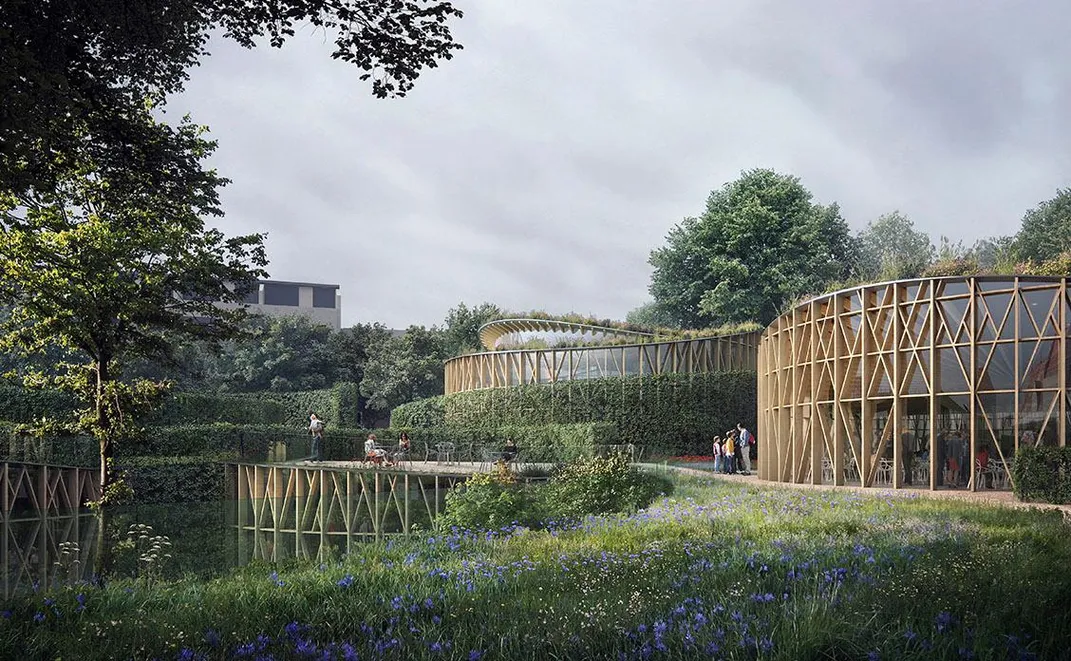
Andersen’s own story has a fairy-tale arc. He was born in 1805 to a mother who worked as a washerwoman in Odense. Yet he dreamed of being a famous writer. He persistently pursued theater directors and potential benefactors, eventually winning help from a wealthy family to continue his education and learn to function in sophisticated circles.
“For a long time he was notorious for being a preposterous young man who came from a dirt poor family,” says Jack Zipes, literature professor emeritus at the University of Minnesota and author of Hans Christian Andersen: The Misunderstood Storyteller.
Despite setbacks—his first poetry and novels were, in Zipes’ words, “not very good, and in fact terrible”—Andersen persisted in seeking recognition for his work. When he eventually wrote “The Ugly Duckling” in 1843, Zipes says, it was clear to everyone in Denmark’s small literary circles that it was a work of autobiography. It’s easy to imagine the experiences that might have led Andersen to describe the tribulations of the little swan, who, according to another duck, was “too big and strange, and therefore he needs a good whacking.”
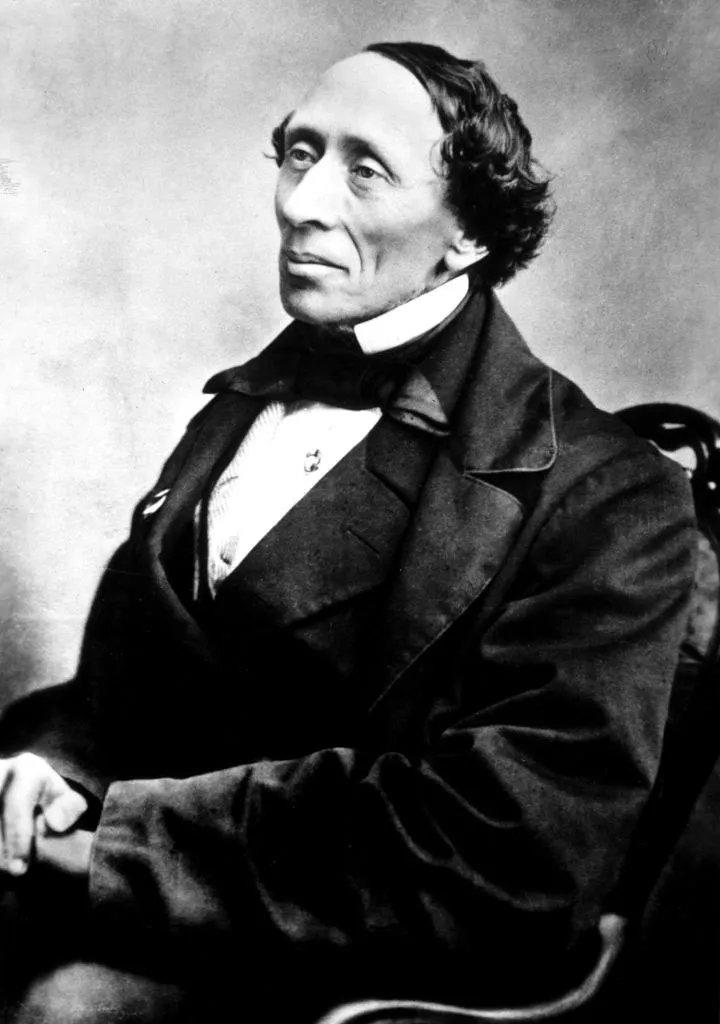
Andersen’s own emergence as something close to a respected swan of an author came after he began publishing fairy tales in 1835. Unlike the Brothers Grimm—contemporaries whom Andersen admired—he did not collect folk tales but instead adapted existing stories or wrote his own from scratch. According to Maria Tatar, professor emeritus at Harvard University and author of The Annotated Hans Christian Andersen, Andersen most likely learned some of the basic plots he used, as well as storytelling techniques, while spending time in spinning rooms and other workplaces his mother shared with women when he was a child. Although his first story collection, published in 1835, was titled Fairy Tales Told for Children, he always noted that he was writing for a multigenerational audience, including many jokes and ideas that would have gone over kids’ heads.
While some of his stories have apparent moral lessons, many are more ambiguous, or subversive, particularly in terms of relations between the social classes. In “The Tinderbox,” published in 1835, a spiteful common soldier ultimately takes revenge against a king and queen who imprisoned him by having huge dogs rip them and their entire court to shreds before marrying the princess and becoming king himself.
“It has nothing to do with being of moral stature,” Lübker says. “It’s all about power. If you have the dogs, people will say ‘of course you can be king, you have the power.’”
Tatar says it’s possible to see the stories through many different lenses. When she taught Andersen’s work to students, she used to focus on the disciplinary aspects of his stories, in which characters often face terrible punishments for their misdeeds. “After class, there was always a group of three or four—they tended to be young women—who came up to me, and they said ‘but his fairy tales are so beautiful,’” she says.
That led her to begin focusing her attention in a different way. For example, in “The Little Match Girl” from 1845, an impoverished, abused girl freezes to death on the street on New Year’s Eve. But, as she lights one match after another, she sees luminous visions of warm rooms, abundant food and her loving grandmother.
“She is something of an artist in terms of giving us an inner world,” Tatar says. “I started to see that [Andersen] really gives us these moving pictures, and it’s not just their beauty that gets us hooked, I think, but also an ethic of empathy—we’re moved by these images. We start to care about them. And it makes us curious about the inner lives of his characters.”
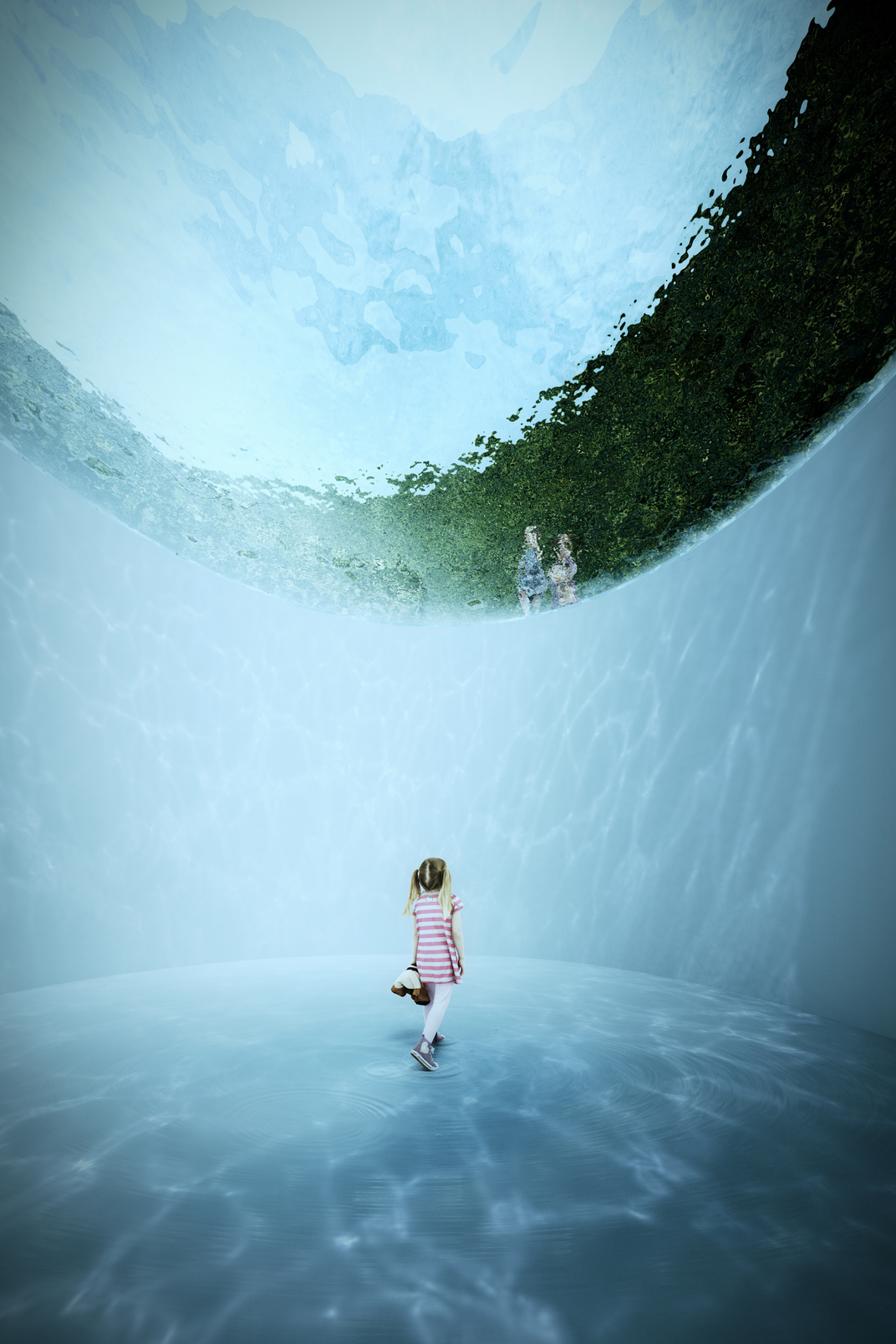
Lübker says the exhibits in the museum are designed to elicit that kind of engagement with the stories. In an area devoted to “The Little Mermaid,” visitors can look up at a glass ceiling through a pool of water and see people up in the garden, and the sky above them.
“You can’t talk to them, because they’re separated from you,” Lübker says. “You can lie down on pillows on the floor and you can hear the mermaid’s sisters tell about the first time they were up there. We hope we can create this sense of longing for something else in the visitor.”
Another part of the museum sets out to recreate the ominous ambiance of “The Shadow,” a fairy tale Andersen wrote in 1847 in which a good man’s evil shadow eventually replaces and destroys him. Visitors see what at first appears to be their shadows behaving just as they normally do, until they suddenly begin acting on their own. “I think it would ruin the experience if I went too much into detail,” says Lübker.
“They’re very deep stories, and there are many layers to them,” Lübker adds. “Instead of just giving one interpretation, we want to create them in a sense where people can really feel something that is deeper and richer than what their memory of the story is.”
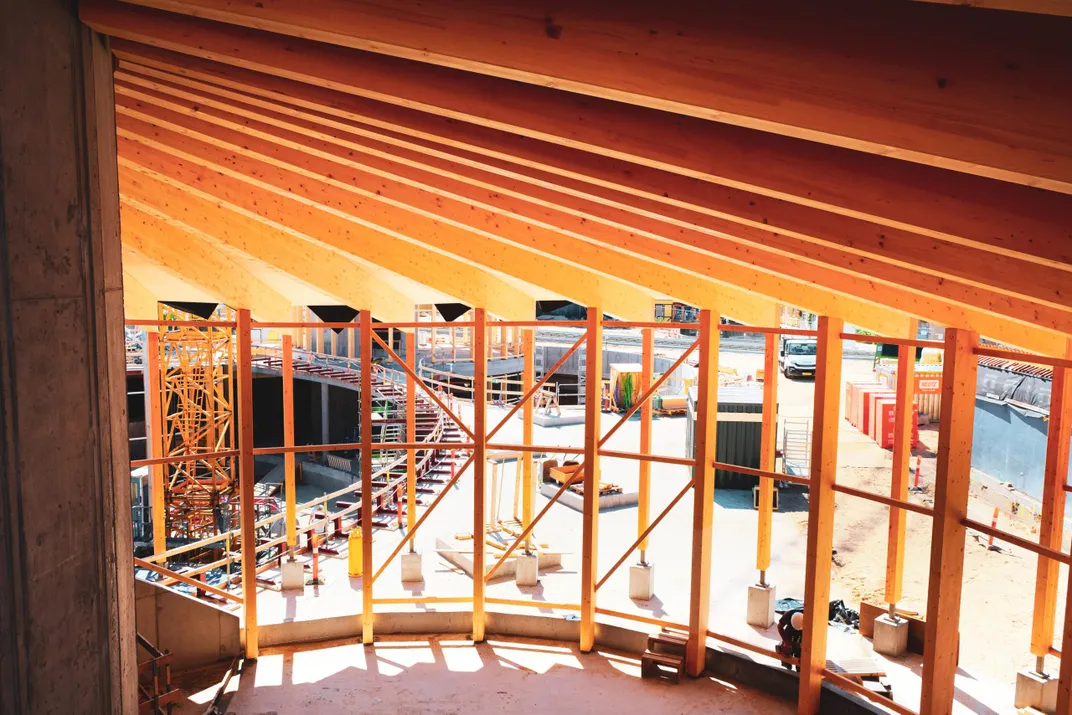
The museum’s architect, Kengo Kuma, known for designing Tokyo’s new National Stadium, built for the 2020 Summer Olympics (now scheduled to be held in 2021), shies away from the view of a building as an autonomous object, Lübker explains. “Architecture for him is kind of like music,” Lübker says. “It’s like a sequence: How you move through space, what you experience. It’s about that meeting between you and the architecture.”
Plans for the museum go back to around 2010, when Odense decided to close off a main thoroughfare that previously divided the city center. The project’s large footprint currently contains the existing, much smaller, Hans Christian Andersen Museum, the Tinderbox Cultural Centre for Children, the building where Andersen was born and Lotzes Have, park themed after Andersen. The city chose Kuma’s firm, which is working together with Danish collaborators Cornelius+Vöge Architects, the MASU Planning Landscape Architects and Eduard Troelsgård Engineers, through a competitive process. In a separate competition, Event Communication of Britain was chosen to design the museum’s exhibitions.
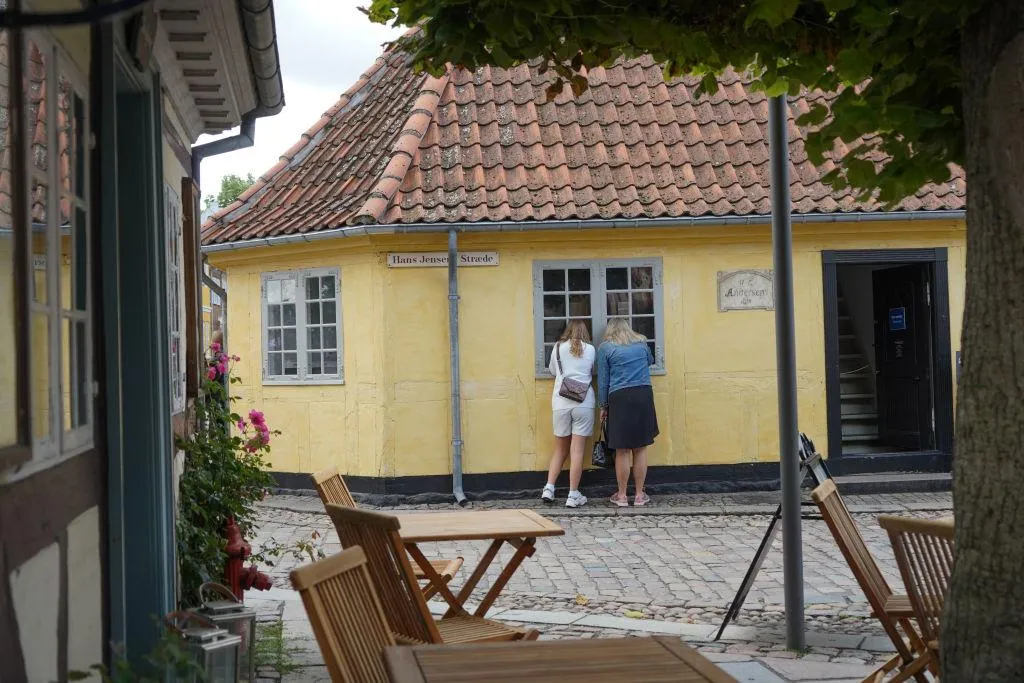
The museum is situated with Andersen’s birthplace as its cornerstone so that visitors’ journeys will end in the room where he is said to have been born. It will also work to connect visitors to other Odense attractions related to Andersen, including his childhood home where he lived until moving to Copenhagen at age 14 to pursue his career in the arts. “Inspired by Boston’s Freedom Trail, we have physical footprints that allow you to walk in the footsteps of Andersen around the city from location to location,” says Lübker.
Due to continuing pandemic-related travel restrictions, Lübker says, when the museum opens this summer, its first visitors may be mostly from within Denmark. But it expects to eventually draw guests from around the world thanks to Andersen’s global popularity.
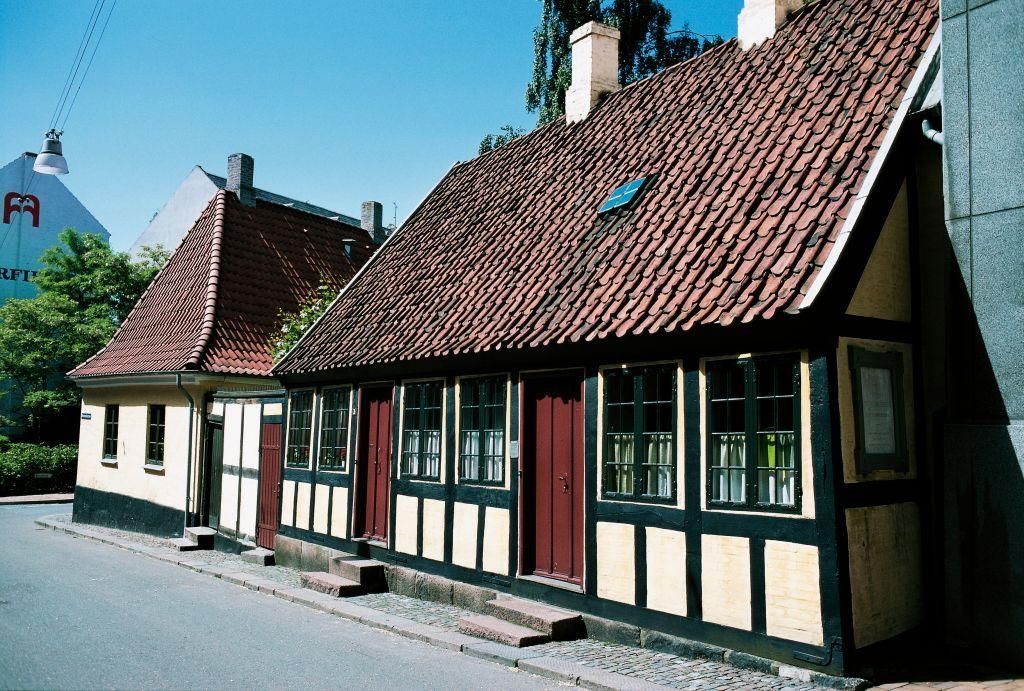
Tatar notes that Andersen’s fairy tales have been translated into numerous languages and are very popular in China and across Asia, among other places. Artists have also reworked them into uncountable films, picture books and other forms over the decades. The Disney movie Frozen, for example, uses “The Snow Queen” as the source material for a radically transformed story about sisterly love—which, in turn, has been claimed by LGBTQ and disabled communities as a celebration of openly embracing one’s unique qualities. “The core is still there, but it becomes something entirely new that is relevant to what we think about today,” Tatar says.
At the time of Andersen’s death in 1875, the 70-year-old was an internationally recognized writer of iconic stories. But he couldn’t have known how fondly he would be remembered almost 150 years later.
“He never lost the feeling that he was not appreciated enough,” Zipes says. “He would jump for joy to go back to Odense and see this marvelous museum that’s been created in his honor.”
Planning Your Next Trip?
Explore great travel deals
Smithsonian magazine participates in affiliate link advertising programs. If you purchase an item through these links, we receive a commission.
/https://tf-cmsv2-smithsonianmag-media.s3.amazonaws.com/accounts/headshot/Livia_lg_thumbnail.png)
/https://tf-cmsv2-smithsonianmag-media.s3.amazonaws.com/accounts/headshot/Livia_lg_thumbnail.png)